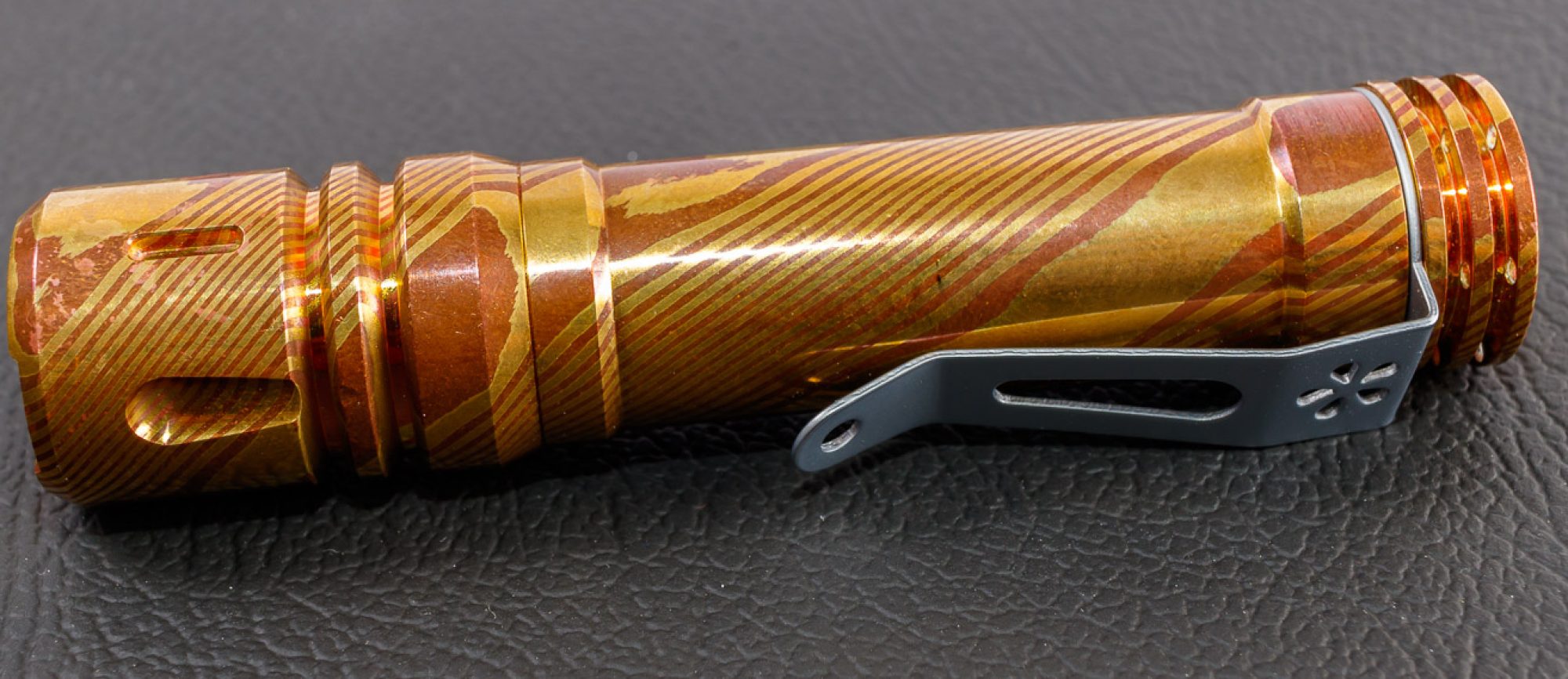Xtar not only makes battery charges but they have gotten into the USB Hub style chargers. Today I am taking a look at the Xtar EU4, a 4 port charger with 1 USB-C PD, 1 USB- QC 3.0, and 2 USB 2.4A ports and an LCD display. The charger can put out a maximum of 64W of power. Thanks to Xtar for sending this to me to take a look at.
Full Image Gallery: https://imgur.com/a/tFQhanp
YouTube Video Review: https://youtu.be/4vgUVCMcIos
Packaging
The packaging is a white retail Xtar box, with a nice picture of the charger on the front, emphasizing the screen and ports. The rear has the important specs and features. Inside the charger is packaged in a clear plastic holder. The only included accessories is the included power cable.
Construction
The charger itself is made from a soft touch plastic, thats matt black in color. It doesn’t finger print but will show streaks or oils from your hands easily. In my opinion it’s better than glossy plastic. It’s rectangular in shape with one rounded corner. On the left bottom is the AC in. It’s nice they choose to use a standard 2 prong AC cable, so it’s easily replaced if you lose it or you want to get an international version. On the very bottom of the charger you have all the required labeling and regulatory certifications. Labeling in general is easy to follow and intuitive.
On the right you have the 4 ports. Starting at the top you have Qualcomm QuickCharge 3 port in orange, Below it you have the 2x 2.4A standard USB ports. Below that you have the USB-C port.
The LCD shows all the information you would normally need a USB charger doctor or similar monitor for but it’s built in. This is great for data nerds like myself. In the center you get total charging wattage, in the top right you get the voltage going through the port displayed in the middle, and then in the lower right the amperage. On the top left and right you see which ports are active. This cycles around to each active port every few seconds. The LED screen is backlit, and has a high and low backlight mode. If you press and hold the button it will shut off all backlight which is perfect for nighttime bedroom charging.
Power
Input power is rated for 110-220V at 50/60hz so this is a great charger for travel or international use.
Output power depends on which ports your using and the combination. The charger has 1 QC 3 port, 2x 2.4A ports, and 1 USB-C PD port.
If using the QC3 port, you can use either the USB-C or the QC3 with the 2x 2.4A ports. The charger can switch between the two modes with the press of the button. Unfortunately it’s not intelligent enough to do so automatically.
The QC3 port is capable of upto 12V at 1.5A, or in lower voltages but greater amps. My tester with QC3 triggered was able to pull 3.65A at 4.95V, on the standard 2.4A ports I was able to pull 2.7A at 5V. Voltage on these ports started slightly higher at 5.29V with low load. Power was stable across high load scenarios that is until my tester wanted to shutdown to dissipate heat.
I don’t have as detailed analysis equipment for USB-C but what I can tell you is that it easily reaches the 64W claim and will charge my laptop which is a little picky. The laptop does take a moment to negotiate though.
Pros
- USB-C PD Support upto 45w
- QC3 Support for all your supported devices that don’t have USB-C
- Built in LCD screen to let you know what’s happening and how fast for all the ports.
- Good design, fit and finish
Cons
- Not able to use all the ports at one time. It’s either USB-C & QC3 or QC3 and the two USB 2.4A ports.
- It’s not quite smart enough to auto sense a cable is plugged in and switch modes and requires a button press.
Conclusion
This is my new main travel charger, With it I can replace a separate charger for my laptop, phone, and other USB powered devices. It fully supports different voltages and you could easily use plug adapters or buy a different cable to have an international plug if you were going to be in the country long term, since the end that plugs into the charger is not proprietary. Until then it’s been sitting in my nightstand and is used to charge most my mobile devices from day to day. It will work good to power your lithium battery chargers as well, like my older Xtar VC4, or any of the new X2 or X4 chargers I recently reviewed.
Pickup the EU4 at your favorite retailer like Illumn or Bangood.


































































































































